This is a continuation of the testing started here, but with a base ISO two stops higher.
For review, here is the test protocol.
I set the a7RII on a tripod with the Zony 35/2.8 FE lens attached, determined that a not-very-aggressively-ETTR’d exposure at ISO 12800 was f/8 at 1/125 second. Varying nothing but the ISO setting, I made five more exposures at ISO 6400, 3200, 1600, 800, and 400. I also made exposures at ISO 640 and 500 that aren’t in this post, but that I’ll tell you about later.
I developed the images in Lightroom CC 2015.1.1 with the Adobe Standard profile and default settings except for the same custom white balance for all the images which was obtained from the middle gray square on the Macbeth chart. Then I set the Exposure control on the ISO 400 image to an extra +5, the Exposure control on the ISO 800 image to an extra +4, the Exposure control on the ISO 1600 image to an extra +3, the Exposure control on the ISO 3200 image to an extra +2, the Exposure control on the ISO 6400 image to an extra +1, and didn’t adjust the Exposure of the ISO 12800 image.
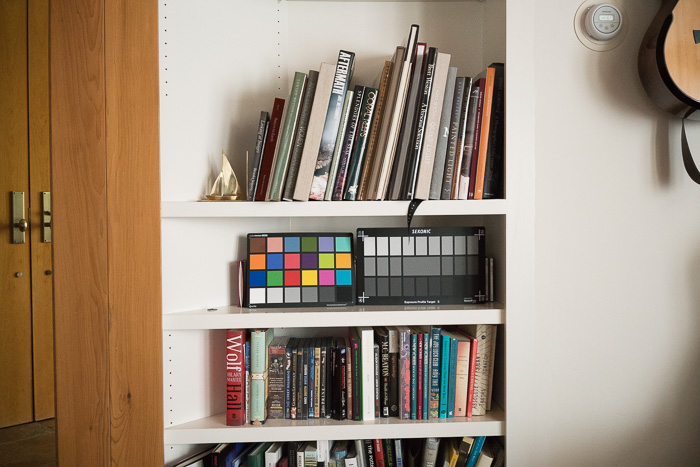

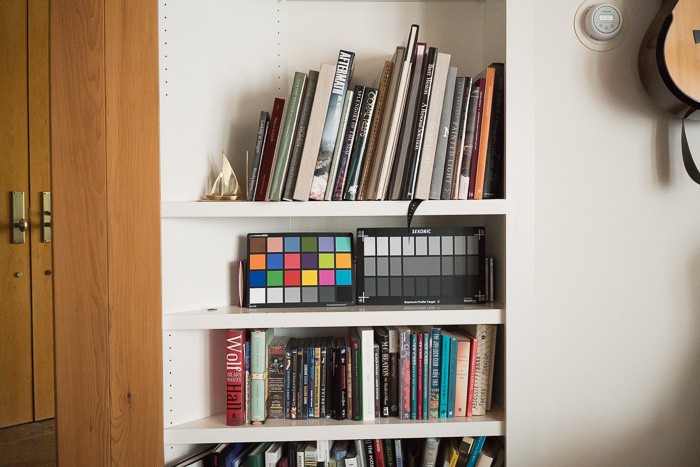
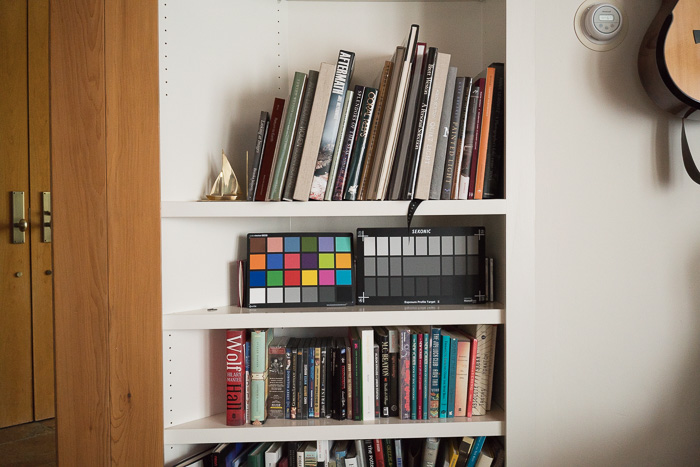
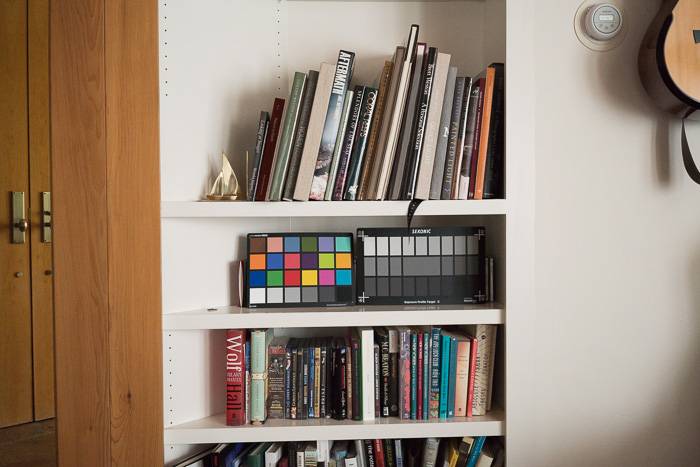
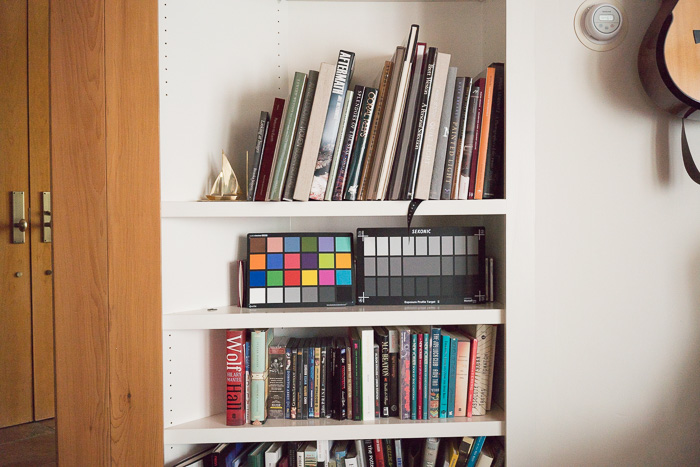
The Adobe Standard profile isn’t designed with this kind of extreme pushes in mind, and some people have reported color shifts. Let’s take a look at the Macbeth card.
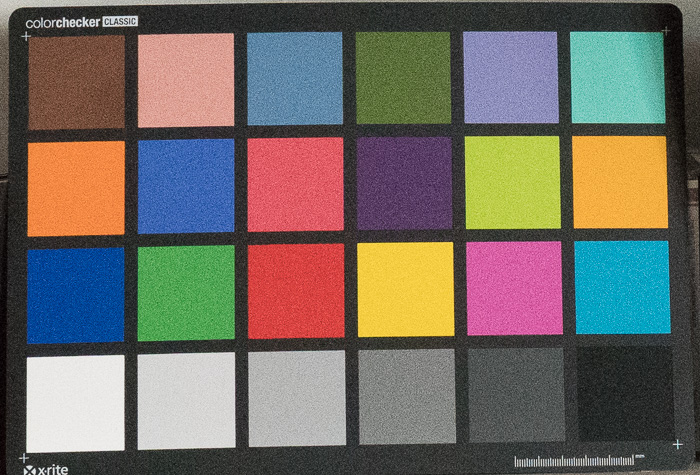
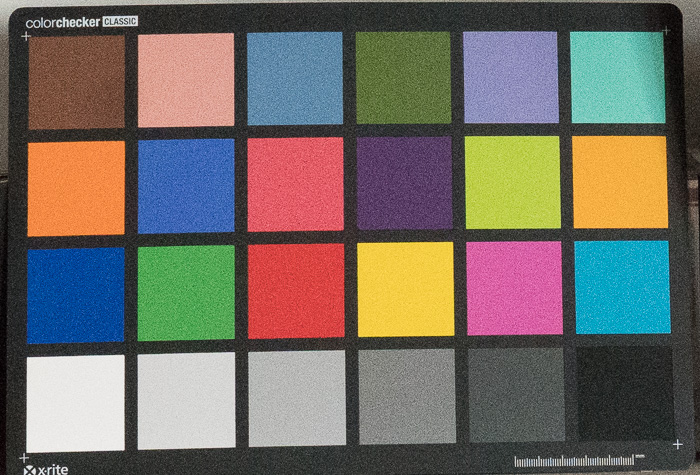
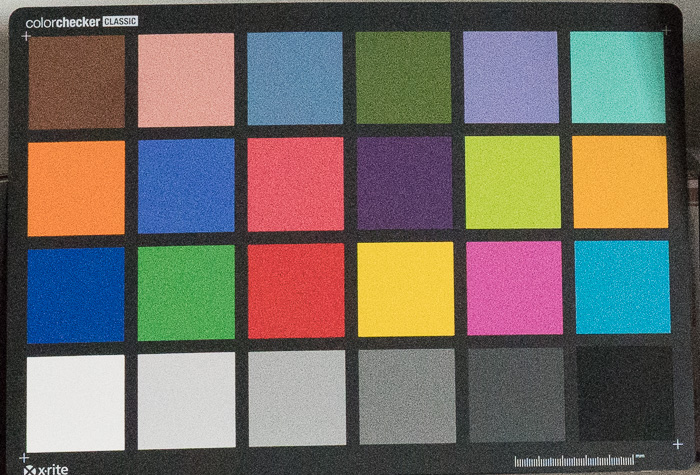
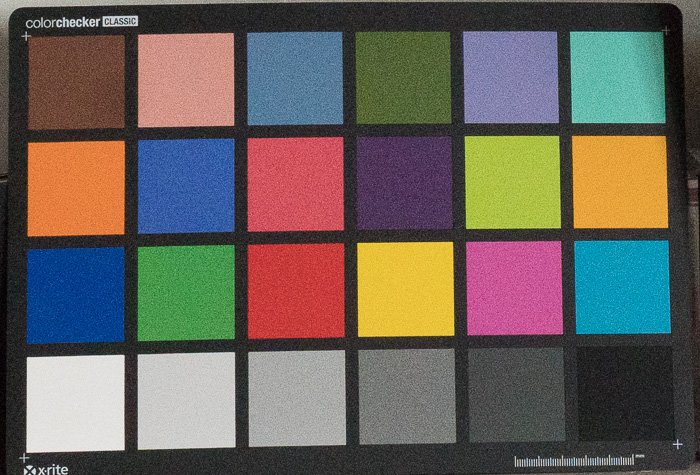
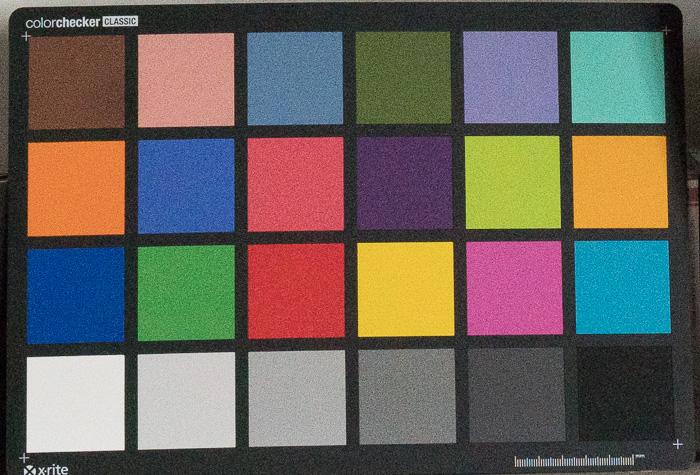
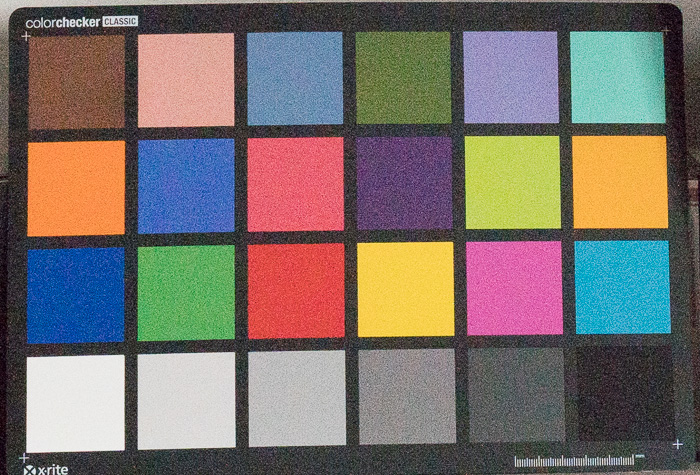
The color shifts look minor to me. In the next post I’ll look at noise
Leave a Reply